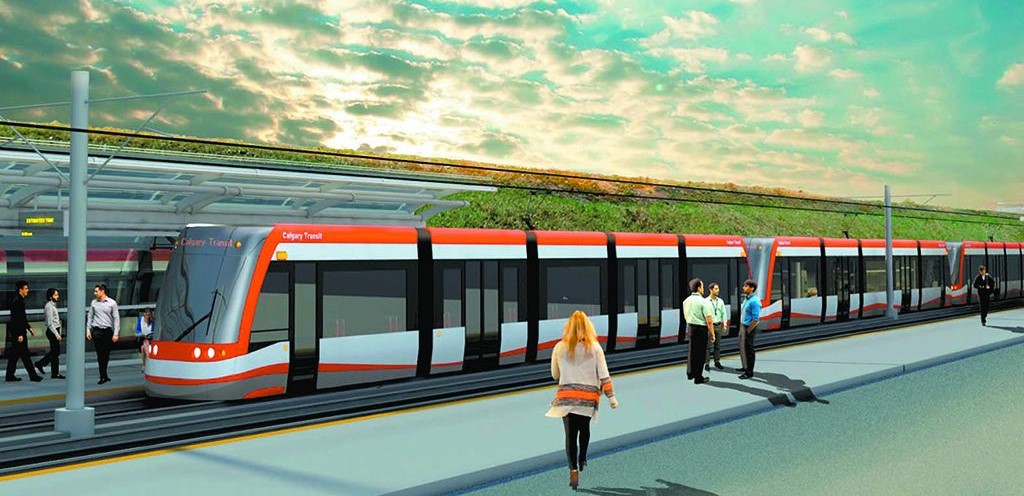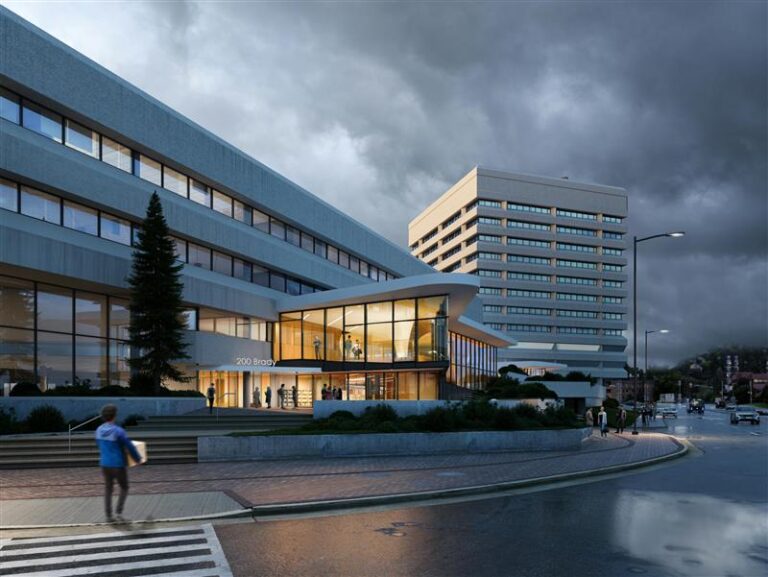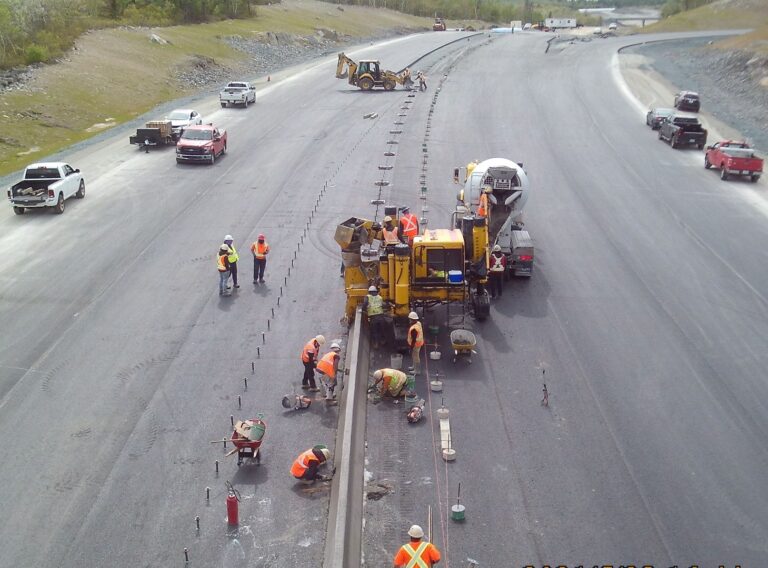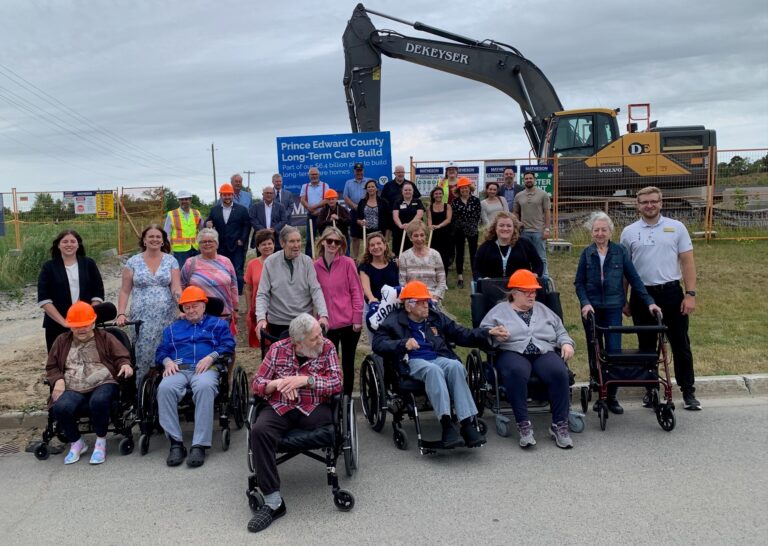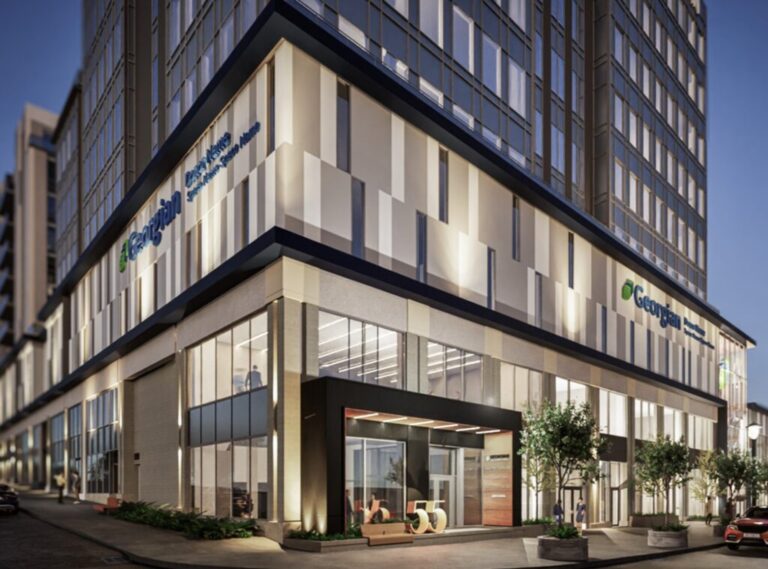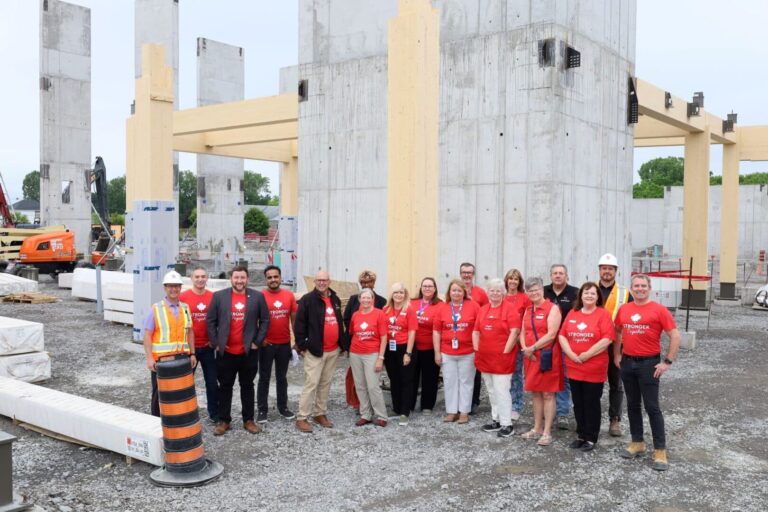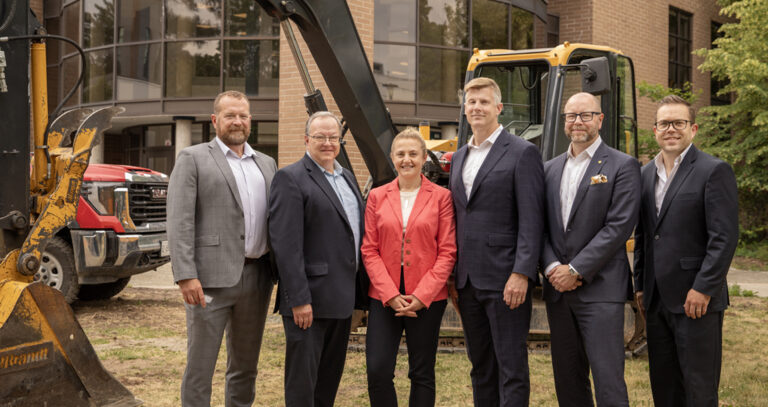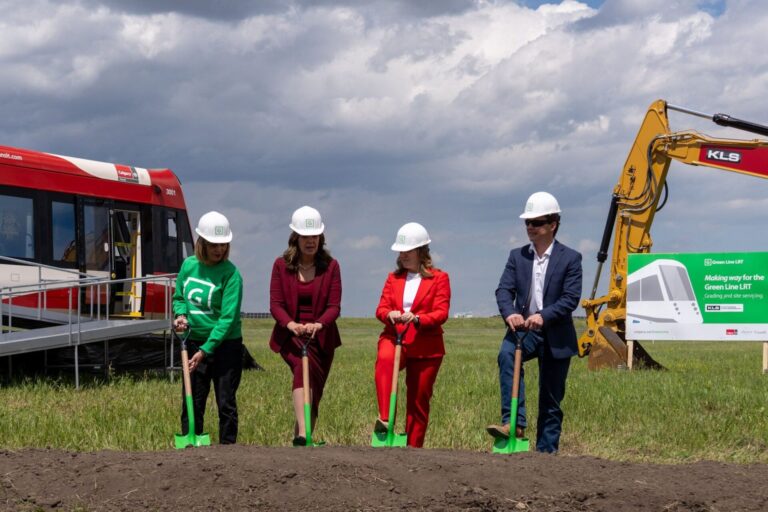In the lead-up to COP26, the 2021 UN Climate Change Conference, an average of 51% across the 28 counties feel that it is right to prioritize the impact on the environment, nearly double the 26% who put greater weight on economic impacts.
A new study carried out in 28 countries by Ipsos, in collaboration with the Global Infrastructure Investor Association (GIIA), finds that when making decisions about how to improve infrastructure, the global public considers their impact on the environment should be more of a priority than their impact on the economy.
The environment is also ranked as the most important of seven factors when planning for the future; an average of 26% of people rank it first, slightly ahead of the quality of infrastructure, chosen by 23%. Ownership (whether the infrastructure is owned by the public sector or private businesses) and the amount of disruption occasioned by construction and repairs are least likely to be chosen as the most important factor, selected by just 9% and 7% respectively.
Ownership is the factor most commonly ranked lowest; on average, 24% put it last, while just 6% judged quality seventh out of seven.
The survey, which has been running for five years, shows that:
- More are satisfied than dissatisfied with their country’s infrastructure, but almost a third are neither satisfied nor dissatisfied.
- There is a very wide range of satisfaction levels with infrastructure across the 28 countries surveyed; 77% are satisfied in China while only 18% are positive in Italy.
There has been a consistent view globally across the last five years that infrastructure is an area where more can be done. The strength of this sentiment has varied though; for example, 61% of people in the United States consider this is the case this year, down from 65% in 2020 (but higher than 57% in 2018).
People in South Africa (79%) and Brazil (75%) are most likely to agree that their country is “not doing enough to meet our infrastructure needs”. South Korea (28%) and Japan (29%) have the lowest level of agreement.
In terms of infrastructure investment, three-quarters, 75%, across the 28 countries agree that investing in infrastructure “will create new jobs and boost the economy”. South Africa leads with 90% agreeing while the lowest level of agreement is in Japan with 51%.
Water supply and sewerage rank as the top priority for investment with 42% selecting it from a list of 13 possibilities, followed by solar energy infrastructure (39%) and flood defenses (36%). Nuclear infrastructure to generate energy and airports are seen as a priority by much smaller proportions of people with just 11% selecting each. That all but two of the options are selected by at least 1 in 4 people highlights the level of competition for prioritization in infrastructure investment by the public and reflects the sentiment that not enough is being done.
At a global level, as was the case last year, more people would prefer to improve social infrastructure such as school and hospital buildings, and housing in preference to economic infrastructure such as road, rail and air networks, utilities such as energy and water, and broadband and other communications. However, the gap has narrowed since last year (when the pandemic had increased attention to hospitals and schools); 42% prioritize social infrastructure but this is a fall of 6 points from 2020 when it was 48%, while preference for economic infrastructure has increased 3 points from 35% in 2020.
There continues to be a preference for maintaining and repairing existing infrastructure (chosen by 55%) rather than spending on new infrastructure projects (20%), an identical pattern to that found in 2019.
The survey was conducted by Ipsos on its Global Advisor online platform, 23rd July – 6th August, 2021, among 19,514 adults, 18-74 years of age in Canada, Malaysia, South Africa, Turkey, and the United States, and 16-74 in all other countries.
Featured image: Rendering of Calgary’s Green Line LRT. (City of Calgary)

